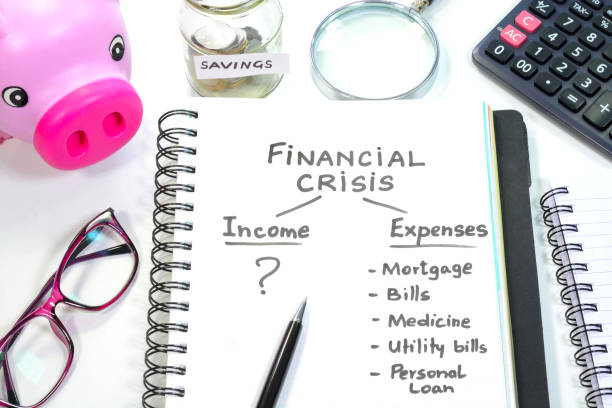
In the meticulous planning of personal finance, we diligently allocate resources for growth, savings, and known expenses. Yet, a comprehensive strategy must also account for life’s uncertainties, particularly the risk of a disabling injury or illness. Disability
insurance serves as the critical, yet often overlooked, guardian of this financial foundation. It is not merely a policy but a proactive mechanism designed to replace a portion of your income should you become unable to work, ensuring that your long-term plans remain intact even when your ability to earn is compromised.The statistics are sobering; a significant portion of the workforce will experience a disability that lasts for more than 90 days during their career. Without a steady paycheck, even the most robust savings can be rapidly depleted by ongoing living expenses and mounting medical bills. This financial vulnerability can force individuals to liquidate investments intended for retirement or education, or to accumulate debilitating debt, unraveling years of disciplined financial progress in a matter of months. Disability
insurance acts as a financial backstop, providing a regular income stream that covers essential costs, from mortgage payments to groceries, during a period of recovery.Integrating this protection into a personal finance plan requires careful evaluation. Key policy elements include the definition of disability, which can be own-occupation or any-occupation, with the former offering stronger protection for specialized professionals. The benefit period—whether it covers a few years or extends to retirement age—and the elimination period, which functions like a deductible in time, are also crucial determinants of coverage and cost. While employer-sponsored plans offer a valuable starting point, they often provide insufficient coverage, making an individual policy a prudent consideration for ensuring adequate protection.Ultimately, disability
insurance is an exercise in
risk management and responsibility. It is the embodiment of the adage to hope for the best while preparing for the worst. For anyone who depends on their labor to sustain their lifestyle and fund their future, it is an indispensable component of a sound financial plan. It protects not just your present income, but also your future savings and your family’s security. By securing this safety net, you defend your financial architecture from one of its greatest potential threats, ensuring that your goals remain achievable no matter what challenges arise. It is the essential defense for the life you are working so hard to build.



 In the meticulous planning of personal finance, we diligently allocate resources for growth, savings, and known expenses. Yet, a comprehensive strategy must also account for life’s uncertainties, particularly the risk of a disabling injury or illness. Disability
In the meticulous planning of personal finance, we diligently allocate resources for growth, savings, and known expenses. Yet, a comprehensive strategy must also account for life’s uncertainties, particularly the risk of a disabling injury or illness. Disability 

